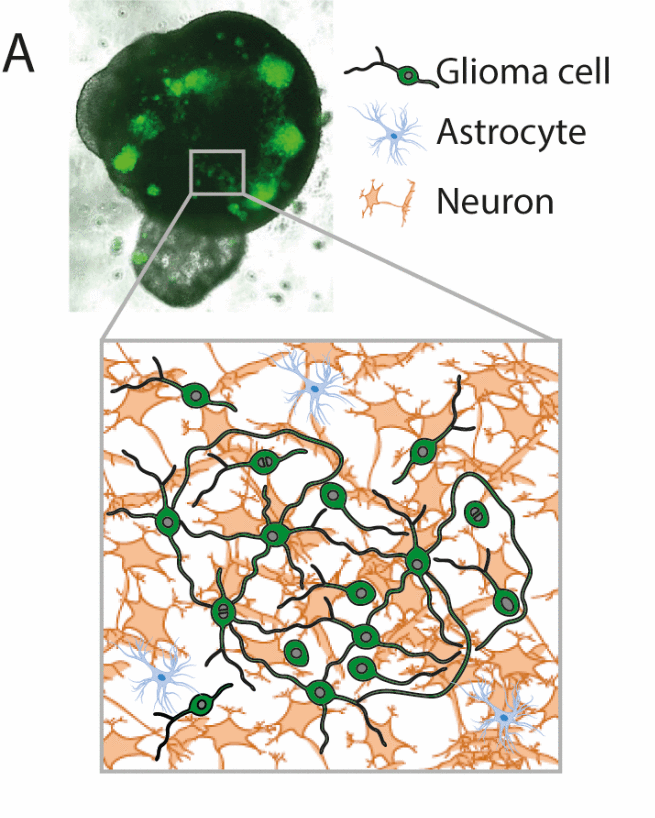Fig. 1: The brain-organoid tumor hybrid model.
Tumor cells grow into the organoids and form networks within the organoids.
Prof. Philipp Koch & Prof. Frank Winkler,
Hector Institute for Translational Brain Research, Zentralinstitut für Seelische Gesundheit, Universitätsklinikum Heidelberg, Deutsches Krebsforschungszentrum,
Mannheim & Heidelberg
07/2020-12/2021
Glioblastoma (GB) is one of the most common and at the same time most aggressive of all human brain tumors. The average survival time after diagnosis has improved only slightly in the last 20 years despite the latest treatment concepts and is still around one year in population-based cohorts. Glioblastomas can only be examined to a very limited extent in cell culture models, since tumor cell lines cultivated in vitro only insufficiently depict the biological properties of the tumors. The special in vivo environment of the brain (cells and extracellular matrix, ideally from humans) seems to be necessary for this. We have been able to prove in the past that GB cells form functional networks in the brain that communicate via cell-cell connections - a biological behavior that cannot be found by standard methods in vitro. Accordingly, very high numbers of test animals are used in research into brain tumors and especially glioblastomas. Since the tumors spread aggressively in the brains of the animals, such experiments lead to a comparably high level of stress on the test animals.
The conceptual aim of this experimental project is to establish an in vitro cell culture model that replaces animal experiments in brain tumor research. For this purpose, GB cells are cultivated in 3-dimensional brain organoids (so-called 'mini-brains') instead of in animals, which are produced from induced pluripotent stem cells. These brain organoids contain all the important cells that are also found in the human brain and are used as fully human tissue models (incubators) for brain tumors. In our preliminary data we were able to show that the GB cells develop many of the biological properties in three-dimensional tissue that are otherwise only found in the brains of patients or experimental animals. In this project, we want to precisely characterize the brain-organoid-tumor hybrid model and create the basis for it to replace animal experiments in the context of brain tumors in basic and pharmaceutical research.

Fig. 1: The brain-organoid tumor hybrid model.
Tumor cells grow into the organoids and form networks within the organoids.
Publications:
Hausmann D, Hoffmann DC, Venkataramani V, Jung E, Horschitz S, Tetzlaff SK, Jabali A, Hai L, Kessler T, Azoŕin DD, Weil S, Kourtesakis A, Sievers P, Habel A, Breckwoldt MO, Karreman MA, Ratliff M, Messmer JM, Yang Y, Reyhan E, Wendler S, Löb C, Mayer C, Figarella K, Osswald M, Solecki G, Sahm F, Garaschuk O, Kuner T, Koch P, Schlesner M, Wick W, Winkler F. Autonomous rhythmic activity in glioma networks drives brain tumour growth. Nature. 2023 Jan;613(7942):179-186. doi: 10.1038/s41586-022-05520-4. Epub 2022 Dec 14. PMID: 36517594.
Prof. Dr. Philipp Koch
Hector Institute for Translational Brain Research,
Zentralinstitut für Seelische Gesundheit
J5, 68159 Mannheim
Prof. Dr. Frank Winkler
Universitätsklinikum Heidelberg,
Deutsches Krebsforschungszentrum,
Im Neuenheimer Feld 400, 69120 Heidelberg
07/2020 - 12/2021